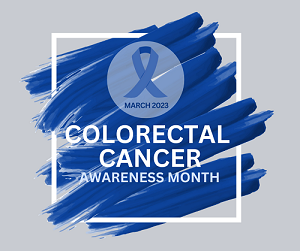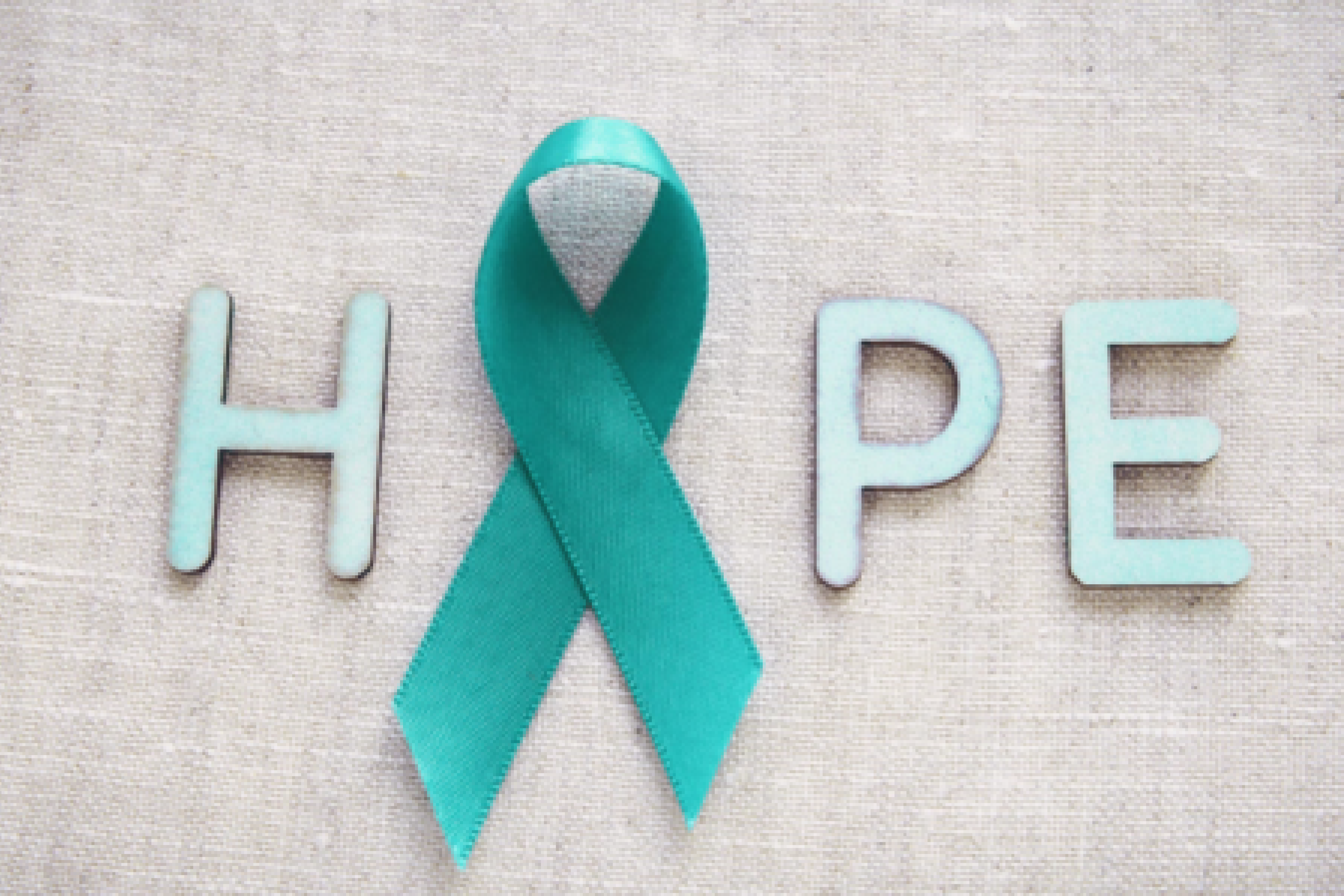June is Men’s Health Month, a time dedicated to raising awareness about various health issues that impact men. One common condition that affects a large number of men, particularly as they age, is benign prostatic hyperplasia (BPH).
Benign prostatic hyperplasia, also known as an enlarged prostate, is a non-cancerous condition that affects the prostate gland in men. The prostate is a walnut-sized gland located below the bladder and surrounding the urethra, the tube through which urine flows. As men age, the prostate can gradually enlarge, squeezing the urethra and causing various urinary symptoms.
Understanding the Causes and Risk Factors:
While the exact cause of BPH is still not fully understood, hormonal imbalances and age-related changes are believed to play a significant role. Testosterone, the male hormone, and its conversion into dihydrotestosterone (DHT) have been implicated in the growth of prostate tissue. Additionally, advancing age and genetics can contribute to the development of BPH. Certain risk factors, such as obesity, lack of physical activity, and a family history of the condition, may increase the likelihood of developing BPH.
Recognizing the Symptoms:
It’s essential for men to be aware of the common signs and symptoms associated with BPH. These can include:
- Frequent urination, especially during the night (nocturia)
- Difficulty initiating or maintaining a steady urine stream
- Weak urine flow or a sensation of incomplete emptying
- Urgency to urinate or a feeling of urgency that is difficult to control
- Dribbling at the end of urination
- The need to strain or push to start urination
If you experience any of these symptoms, it’s crucial to consult a healthcare professional promptly. While BPH is generally non-cancerous, it’s important to rule out other potential prostate conditions, including prostate cancer.
Consider the following strategies to prompt prostate health and minimize the risk and severity of BPH:
Maintain a Healthy Lifestyle:
Engage in regular physical activity, eat a balanced diet rich in fruits, vegetables, and whole grains, and manage stress effectively. These lifestyle choices can contribute to overall well-being, including prostate health.
Stay Hydrated:
Drinking an adequate amount of water can help promote a healthy urinary system. Aim for at least 8 cups (64 ounces) of water daily, or more if you are physically active or in a hot climate.
Limit Fluid Intake Before Bed:
Reducing your fluid intake a few hours before bedtime can help minimize nighttime urination, improving sleep quality.
Avoid Excessive Alcohol and Caffeine:
Both alcohol and caffeine can irritate the bladder and worsen urinary symptoms. Moderation is key.
Regular Check-ups:
Schedule routine check-ups with your healthcare provider to monitor your prostate health, especially if you are at an increased risk or experience symptoms.
Treatment Options:
If you are diagnosed with BPH and your symptoms significantly impact your quality of life, various treatment options are available. These can include medication, minimally invasive procedures, or surgery, depending on the severity of your condition.
Contact us or talk to your healthcare provider to help guide you in selecting the most appropriate treatment option based on your specific situation.
PROSTATE CANCER CARE
Prostate cancer that is detected early, has the best chance for successful treatment. Our caring team of experts are here to provide you with a custom-tailored treatment plan that is unique to your diagnosis, tumor size, location and involvement. Click on the button below to learn more.






